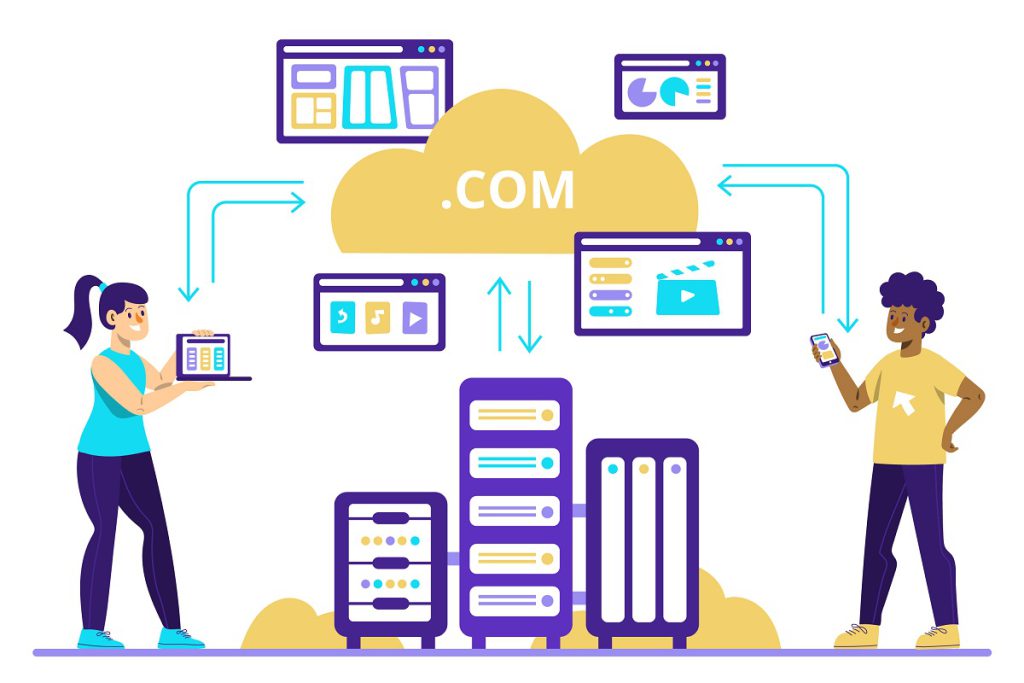In recent years, more and more SMBs have been adopting the cloud as a place to shift workloads, but the concept of security has not been ignored.
Thus, SMBs rely on AWS to get a secure infrastructure for their applications, whereas they still should apply proper security management measures. However, budget restraints do play a critical role in the SMB sector, and acquiring enterprise-grade security can at times look like a distant dream.
Fortunately, there are ways SMBs can create a secure environment on AWS without breaking the bank, and most of these are achievable with proper planning and a well-executed architecture strategy.
This article describes various methods and approaches and provides economically viable options for small businesses.
Utilize AWS Shared Responsibility Model
AWS has a security model of dividing responsibilities with the customer, which is referred to as the AWS shared responsibility model.

AWS takes care of fundamental security, which includes physical security, and the client is responsible for the security of any compute resources, data, and applications.
As a result, knowing this model enables SMBs to focus their spending on the crucial security protection factors that they can influence.
Utilize AWS Security Services
It is important to understand that there are several native AWS security services that are either free of charge or offered at a very low cost.
For example, AWS provides Identity and Access Management (IAM) that allows the creation of users, groups, roles, and permissions, all for free.
As such, SMBs do not need to implement separate solutions for identity management and third-party identity solutions.
Other budget-friendly AWS security services include: Other budget-friendly AWS security services include:
- AWS WAF: Affordable protection for web apps from common vulnerabilities on a low monthly subscription.
- Amazon Inspector: Can automatically determine if the submitted applications have vulnerabilities or do not conform to the best practices.
- AWS Shield & AWS Shield Advanced: Anti-DDoS measures have a free plan with some features and a paid plan with more security against DDoS
Security groups are used to filter access to resources and can be applied as a security layer for the systems under discussion.
Security groups are a form of firewall that determines who can access your AWS services. SMBs can put certain necessary protocols, ports, IP ranges, etc. through ACL to enable only those that are required by the organization, thus reducing access to compute and data, hence reducing overall attack surface, without the need for purchasing new firewall software.
Implement End-to-End Encryption
The use of encrypted data both in transit and at rest is essential for security and compliance reasons. AWS now has the backup of end-to-end encryption that SMBs can turn on at low or no extra cost, thereby eliminating the need to purchase expensive third-party encryption tools and services.
This encompasses storage, encryption of data transmission between AWS services, and encrypted client data prior to uploading to AWS servers.
Employ Serverless Technologies
Service-based solutions like AWS Lambda mean SMBs can execute code without worrying about underlying servers.
This relocates security risk onto AWS, thereby decreasing the amount of surface area that SMBs must safeguard using other security technologies.
Some serverless services offer workloads that completely replace underlying application infrastructures, thereby achieving excellent security and eliminating expenses.
Leverage Third-Party Security Tools
Thus, although AWS native security is quite powerful, there are a number of gaps left that third-party solutions can address at a reasonable cost.
For instance, CASBs were observed to complement AWS permission, management, and monitoring solutions at a relatively low cost for SMBs.
OSSEC or Security Monkey, can be used as completely free tools for host-based IDS and cloud environment asset monitoring and auditing.
It is imperative to list and analyse the risks inherent in the company’s core business.
Based on size, sector, data sensitivity, compliance, etc., every business entity has its own specific security issues All SMBs should initially focus on the largest risks that threaten the core business processes rather than on attempting to address all the possible risks.
It means that, despite having limited security budgets, it is possible to make improvements to the security posture of an organisation. Risk assessment enables SMBs to allocate security investments where they are most needed, rather than spending them haphazardly on threats that may pose little threat to the business.
Take an Iterative Approach
This is the reason why SMBs should follow an incremental approach to security that would establish key elements in the first step but permit the addition of layers of security in subsequent stages.
Organizations have ever-increasing workloads, processing sensitive data on AWS, Rather than trying to get it all right from the start when requirements are not fully understood or defined, security controls are elastic.
This approach is important because it ensures that the cost of security does not rise beyond the business’s ability to pay while at the same time ensuring that the available security is relevant to the ever-changing business needs.
Conclusion
With the migration of SMBs to the public cloud, security continues to be a major concern, especially for organizations that lack an expansive budget.
Smaller businesses can use AWS safely and without spending too much by using strategies like the AWS shared responsibility model, AWS native security services, end-to-end encryption, third-party tools, risk-focused spending, and an approach based on successive implementation.
Strategic compromise is achievable due to the fact that security can be planned and executed in phases to ensure that cost is not a hindrance at any level.




